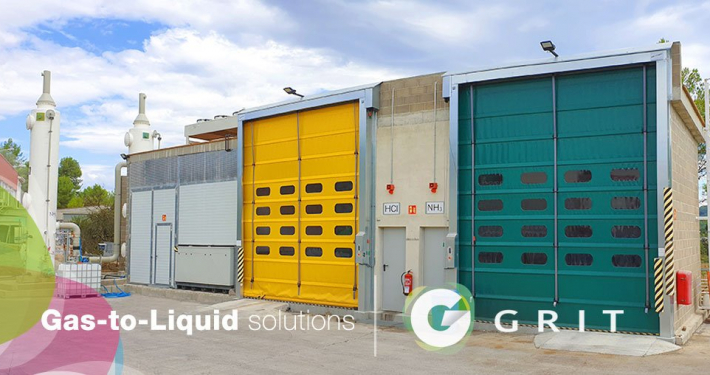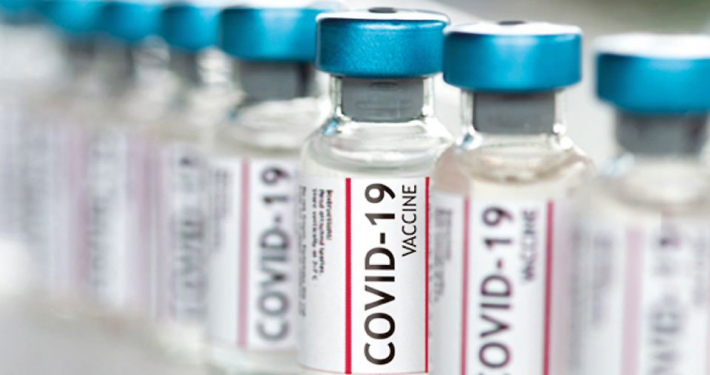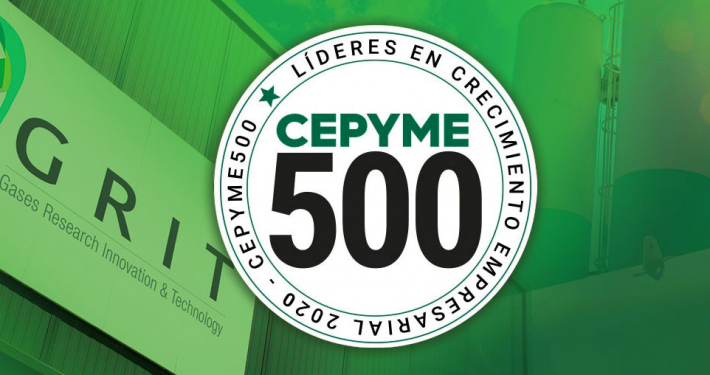Fluorinated and natural refrigerants, ¿how they differ?
You’ve probably heard of refrigerants before, even without knowing them. One of the best known is the one that it is used in air conditioners, which stop cooling if the gas is lost. However, this is also present in many other appliances, such as refrigerators. On the other hand, its application varies in many respects depending on whether it is fluorinated or natural refrigerants.
Although fluorinated and natural refrigerants are different in many ways, they share some similarities. In general, refrigerant gases are those that, due to the change of state, produce cold or heat depending on how they are used. If you work with these types of substances in your daily life, knowing their differences is important for the correct application. We tell you.
Fluorinated refrigerants and natural refrigerants have the same operating base
The principle of operation of both types of refrigerants is the same, it is the change of refrigerant state that when evaporates generates cold, that can be used to conserve foods, like in the refrigerators, or to cool air like the systems of air conditioning. On the other hand, condensing gas generates heat that can be used to heat air, such as heat pumps, or water, such as aerothermal equipment.
Types of refrigerant gases and their operation
The main differences between fluorinated and natural refrigerants are based on three different concepts:
- Origin of its obtaining at industrial level.
- Environmental impact as global warming potential (GWP) in case the gas escapes into the atmosphere.
- Danger in handling with the possibility of being inert, flammable, or toxic.
Fluorinated refrigerant gases
Fluorinated refrigerants are chemically synthesized gases and often have a high greenhouse effect. On the other hand, they are usually very safe products to handle without being toxic or flammable or have a lower degree of flammability.
In this group of refrigerants, you can find R134a, R404A or R410A and R32 used with cars, supermarket display cases or air conditioners.
There is a fourth generation of these refrigerants which are known as HFO, which have a much lower environmental impact, having a PCA of less than 150 according to the European F-GAS regulations, but are usually slightly flammable products. For this reason, there are mixtures with other fluorides, to obtain non-flammable products but which on the contrary have a higher PCA but lower than traditional fluorates.
Natural refrigerants
Natural refrigerants are an alternative to the more traditional fluorates and the fourth generation of fluorates, are characterized by having a much lower environmental impact than fluorates with a PCA close to 1. On the contrary, they have aspects to consider in terms of handling safety such as flammability or toxicity. The types of natural refrigerants available are as follows:
- Hydrocarbons: These refrigerants are very efficient and can cover many applications, but they are extremely flammable, so they are used in small equipment such as refrigerators, freezers, or portable air conditioners.
- Ammonia: This is the quintessential refrigerant used in industrial environments due to its good performance, but also due to its toxicity it is usually used only in industrial facilities such as ice cream factories, brewers, hair dryers, etc.
- Carbon dioxide: This refrigerant is not flammable or toxic but working at high pressure requires more technical and expensive equipment, despite this, you can find equipment with this gas in supermarkets or logistics warehouses.
On the other hand, these halogen-free refrigerants are not taxed by the fluorinated refrigerant gases regulation.
The choice between fluorinated and natural refrigerants
In the previous section you could see that there are big differences between the two groups, therefore, there is no universal solution for all cases, but in each application the selection criteria may vary between security at flammability or toxicity level, energy performance or environmental impact generated in case of leakage of the product. Depending on the needs of the application, it is necessary to choose one or another type of refrigerant.
■ Communication Team















